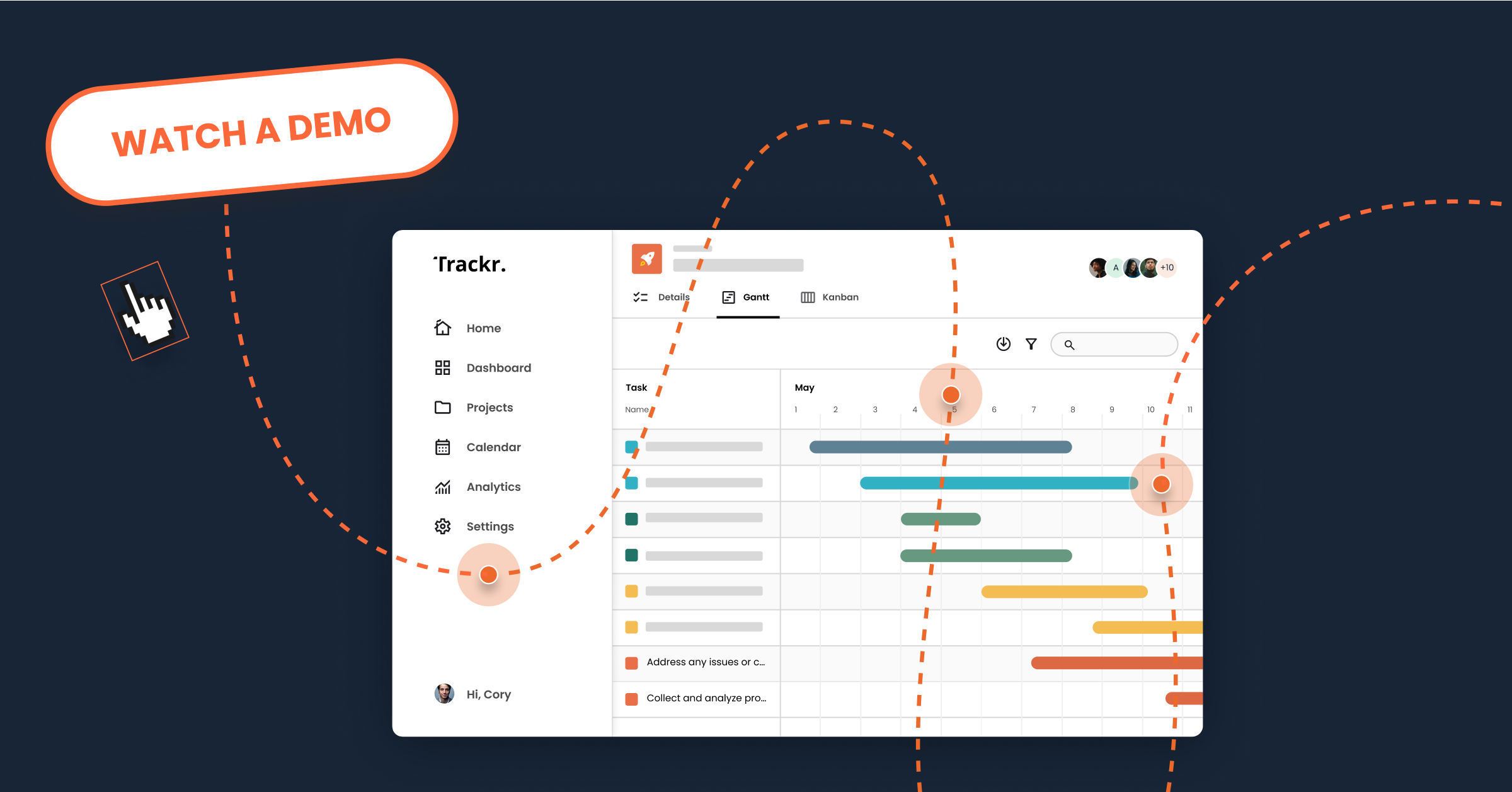How can you utilize prescriptive selling techniques?
- What the figures show
- Prediction is king
- Design a ‘prescription’ for your customer
- Understand the point of prescriptive sales techniques overall
Do you, as a B2B seller, regularly tell your sales reps that the more information they give a potential customer regarding a product, the better? Do you find yourself spending more time than ever compiling customer profiles and trying to figure out ways to hard-sell potential buyers on your services? The good news is, you aren’t alone. The bad news is, you’re probably hurting yourself more than you’re helping yourself, and here’s why.
While sales force automation is important, it needs to be properly utilized. Many B2B sellers assume that, due to the internet and social media, customers are more equipped than ever with information to expedite their buying processes. These assumptions usually cause B2B sellers to implement sales plans that encourage sales reps to give customers the most information possible about any given product or service in order to hard-sell them on its usefulness. Unfortunately, these assumptions are also largely unfounded, meaning many B2B sellers are only shooting themselves in the foot by implementing these sales techniques into their business practices. There is a better way, and they are called prescriptive selling techniques. But first, let us lay the groundwork.
What the Figures Show

The number of stakeholders involved in B2B purchases has climbed from 5.4 to 6.8 people on average as of 2017. Businesses can utilize sales force automation to review sales numbers such as this to observe possible improvements and discrepancies. More than ever, B2B customers are having to navigate between multiple desires and objectives across multiple individuals when buying a product or a service. Additionally, the wealth of information available to B2B customers can hinder more than help them, often providing buyers with more reasons to second-guess their purchasing decisions than to reaffirm them.
As a statistical representative of this problem, 65 percent of B2B customers report that they often spend as much time as they initially planned on allowing for an entire purchase process just preparing to speak with sales reps. What’s more, 40 percent of customers often second-guess their purchase after they make it.
Prescriptive sales techniques can alleviate this problem. The idea behind prescriptive sales is that, by working closely with customers to predict and alleviate their pain-points and escort them along the buying process, B2B sellers can increase not only buyer-enablement but also skyrocket their customer satisfaction and loyalty.
Need some stats? The Harvard Business Review reported that B2B sellers who utilized prescriptive sales techniques not only increased purchase ease by 86 percent, but also cut their average customer’s buyer remorse by 37 percent. Sound good?
Here are a few important aspects of prescriptive sales that you can utilize to improve your B2B sales.
Prediction is King
Far too many B2B sellers give their sales reps training that makes them focus on not only hard-selling their products or services, but also on inundating the client with as much information as they possibly can. Don’t. Instead, give your sales reps a roadmap that helps them predict a customer’s possible pain points in the buying process.
Then, help the customer avoid those pain points and give them objectively good purchasing advice. Doing so will build customer loyalty, enhancing the chances that your customers will continue to do business with you instead of seeking out other suppliers in the future.
Design a ‘Prescription’ for Your Customer

Products are designed with a “one-size fits all” approach. Consider every customer’s needs when selling them a product or a service. Figure out ways you can tailor your products or services to meet customer needs on a case-by-case basis – essentially, “prescribe” your customer with a product or service tailored to them – and you’ll see your customer satisfaction shoot up.
Understand the Point of Prescriptive Sales Techniques Overall

The point of prescriptive selling is to make buying as easy as it possibly can be for a customer. Identifying pain points and tailoring products and services to meet the needs of your customer – these aren’t only tactics to help speed up sales. They also provide your customer real value by narrowing down information streams and buying processes into a manageable, easy-to-understand procedure.
Prescriptive selling isn’t only about developing profitable techniques for marketing products and services on the seller’s end. It’s also about building long-term, substantial two-way relationships with clients that will expand your brand’s equity, as well as its customer loyalty.
Key Takeaway
Prescriptive sales techniques create flexible sales reps who can engage with different kinds of customers. The ability to be more proactive creates a form of trust between your B2B seller and buyer. This kind of trust is what will allow your seller to recommend products fit to the desires of the customer, who would, in turn, highly consider purchasing it.
Are you struggling to implement prescriptive sales techniques into your B2B sales process? Consensus offers Sales Force Automation, which accelerates B2B sales by personalizing the sales approach and making it highly relevant to each individual prospect. Feel free to contact us to learn more.






